Question Number 6914 by Tawakalitu. last updated on 02/Aug/16
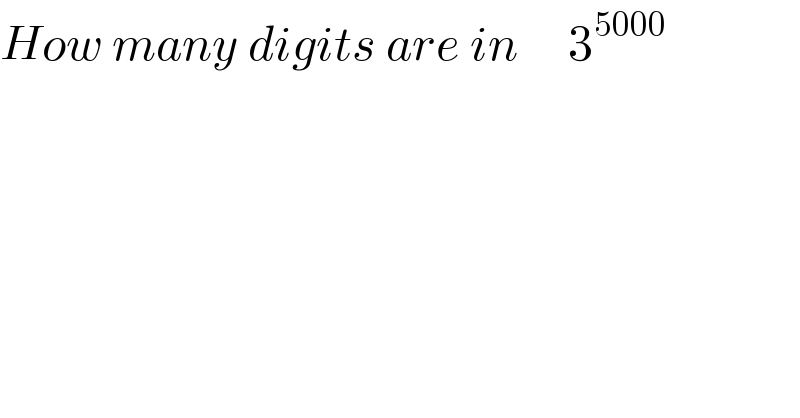
Commented by Rasheed Soomro last updated on 03/Aug/16
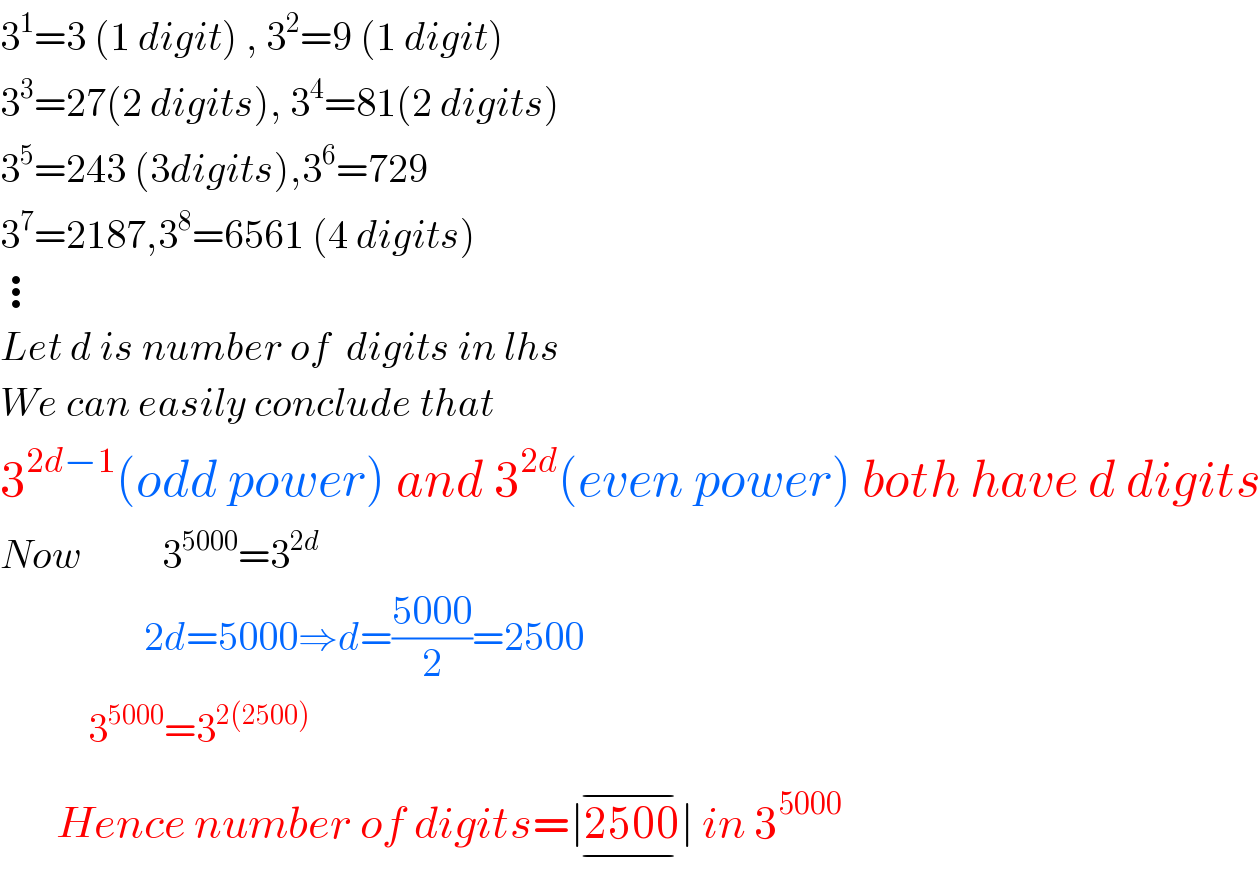
Commented by Tawakalitu. last updated on 02/Aug/16

Commented by sandy_suhendra last updated on 02/Aug/16
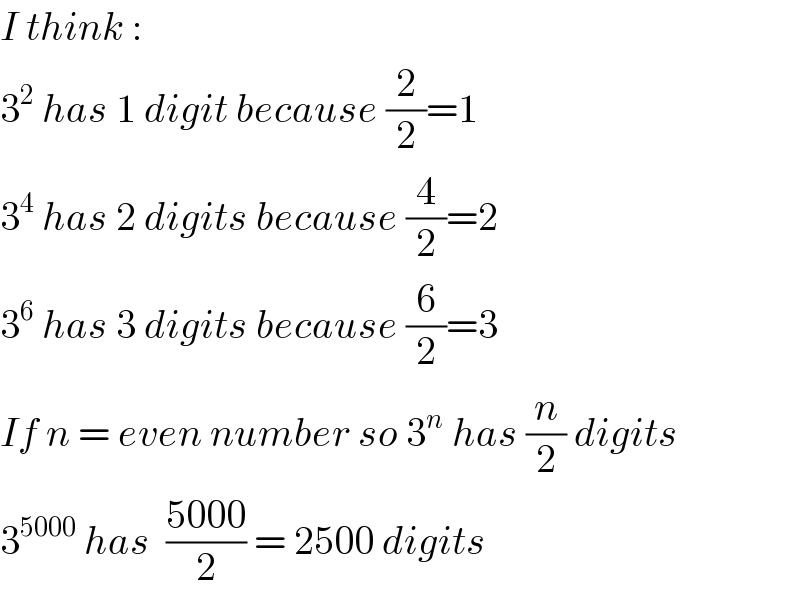
Commented by Rasheed Soomro last updated on 03/Aug/16

Answered by nume1114 last updated on 03/Aug/16
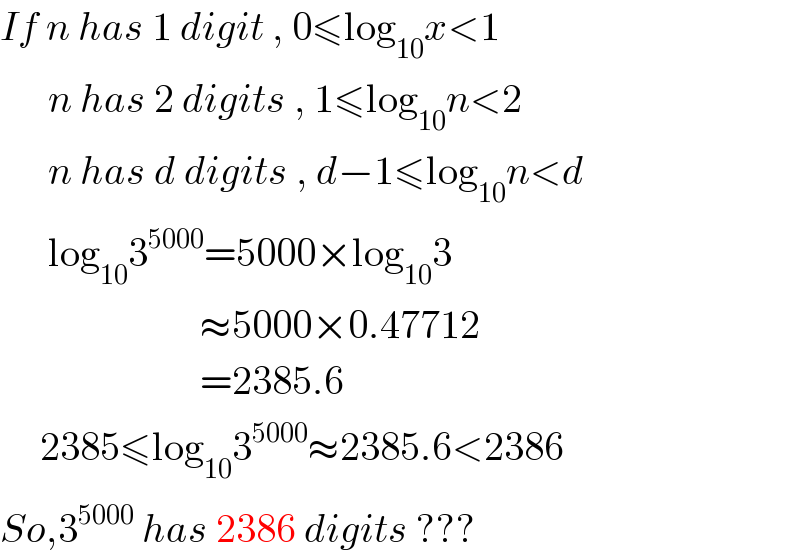
Commented by Yozzii last updated on 03/Aug/16

Commented by Rasheed Soomro last updated on 03/Aug/16

Commented by FilupSmith last updated on 03/Aug/16

Commented by Yozzii last updated on 03/Aug/16
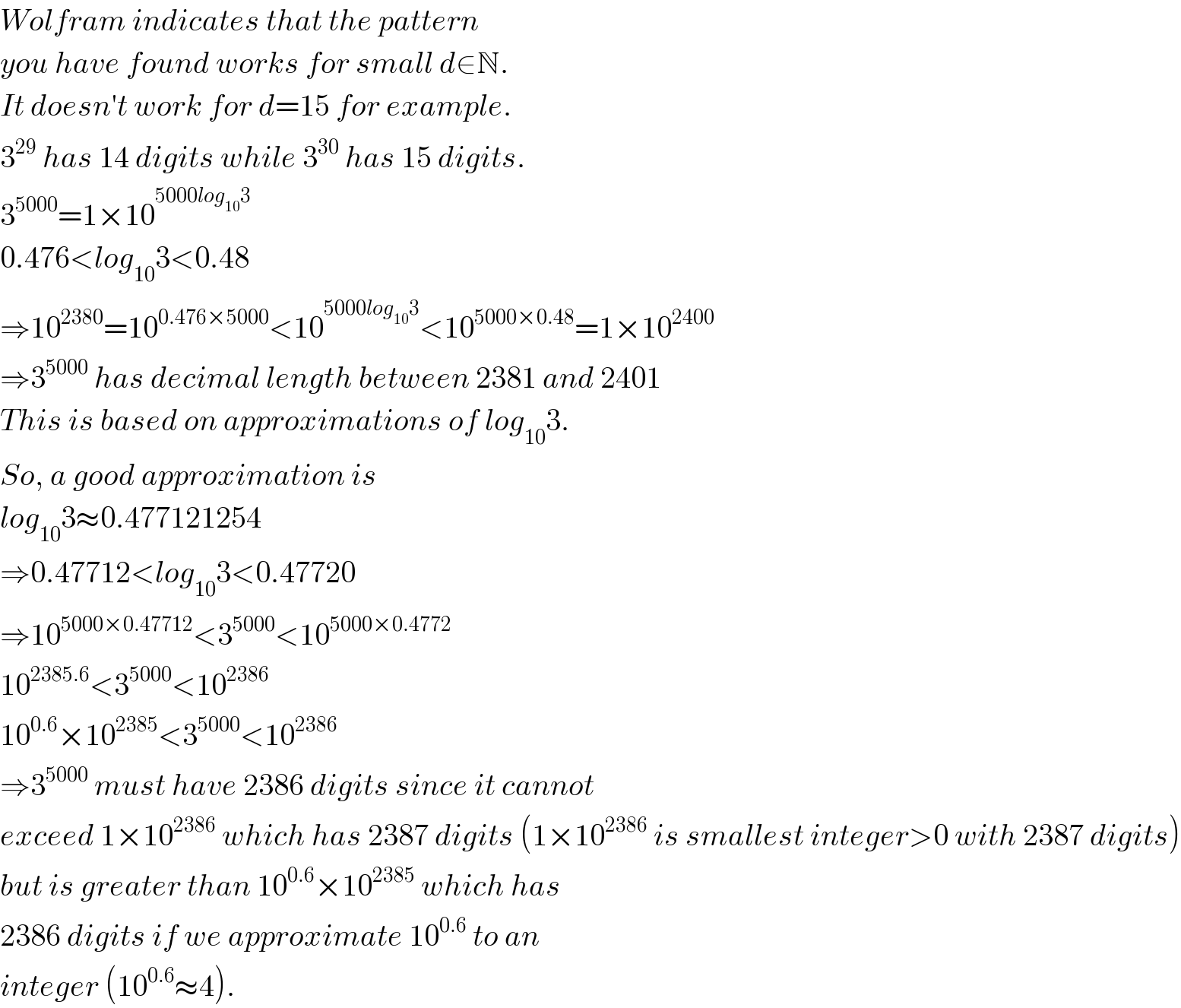
Commented by nume1114 last updated on 03/Aug/16
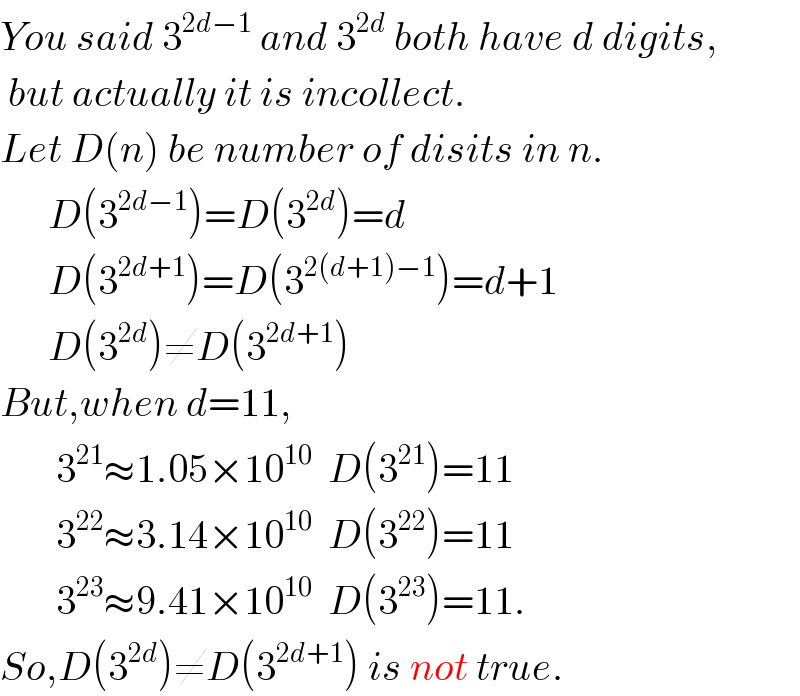
Commented by Rasheed Soomro last updated on 04/Aug/16
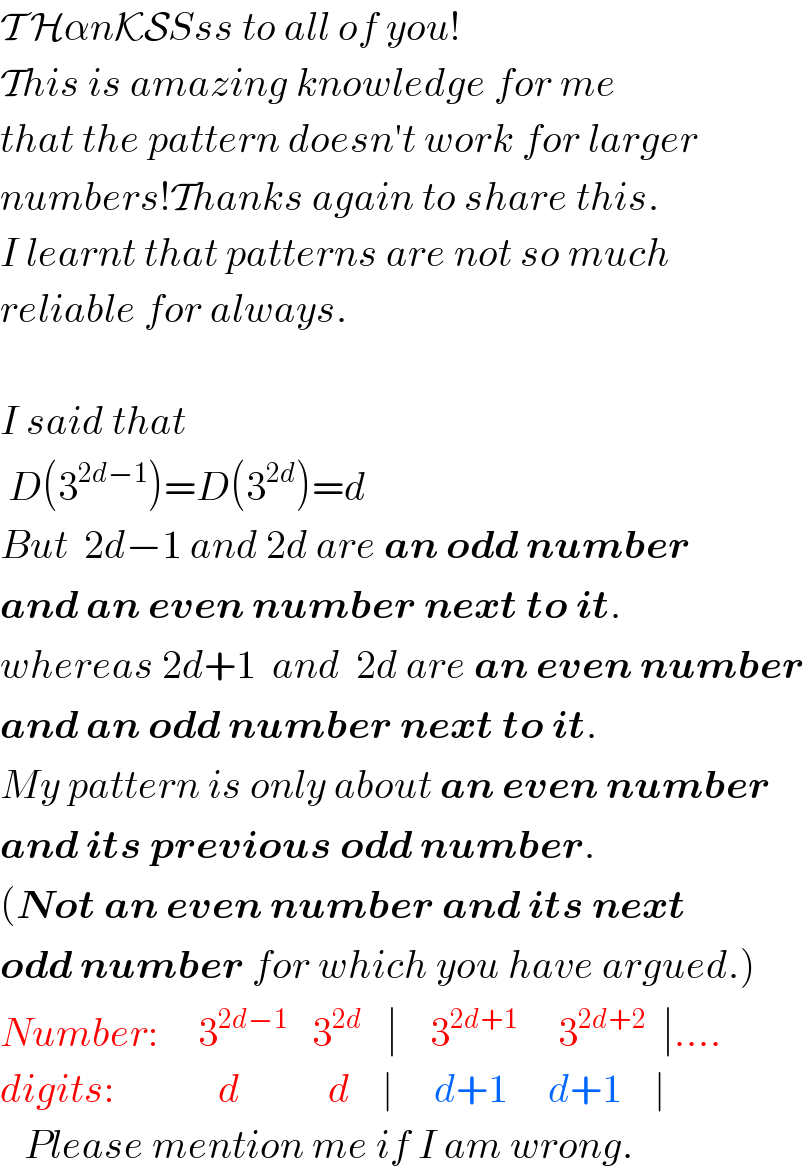
Commented by Tawakalitu. last updated on 03/Aug/16

Commented by nume1114 last updated on 04/Aug/16

Commented by Rasheed Soomro last updated on 04/Aug/16

